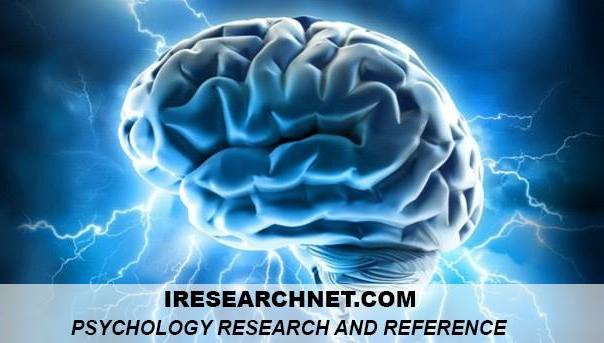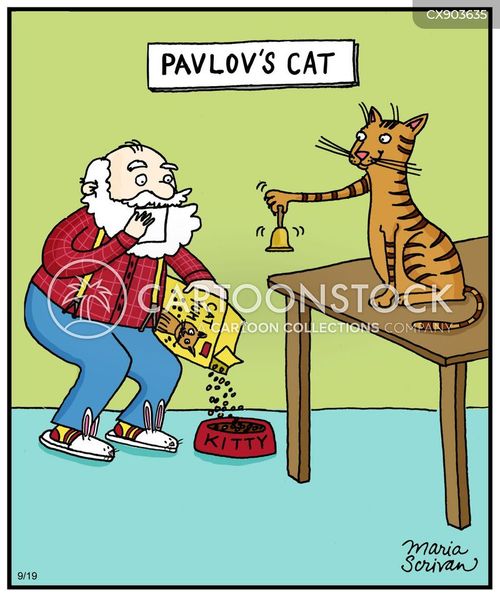
The dogs in their experiments learned a relationship between different features of the substances or objects that were placed in their mouths. However, that was not the case in Vul’fson’s and Snarskii’s experiments.


In a typical diagram, the CS (in this case, a bell) is characterized as a “neutral” stimulus that is initially unrelated to the unconditioned stimulus (US in this case, a steak). The source of the visual CS in the original experiments is highly significant and has broad implications for how Pavlovian conditioning occurs in the natural environment. The novel finding was that after a number of trials, the dogs started salivating at the sight of the substance that was to be placed in their mouth. These substances elicited salivation without training, or unconditionally. A substance such as dry food, sand, or sour water was placed in a dog’s mouth on repeated trials. The experimental protocol was relatively simple. The initial experiments on salivary conditioning were carried out by Pavlov’s research assistants, Sigizmund Vul’fson and Anton Snarskii, who used a visual rather than auditory cue as the CS. Pavlov did not ring a bell as a conditioned stimulus (CS). As Michael Domjan writes, however, CS and US are more often features of the same object or have a pre-existing relationship in the natural world-for example, the sound of dogs barking and the pain of getting bitten.

A typical diagram illustrating Pavlovian conditioning, which characterizes the conditioned stimulus, a bell, as neutral and unrelated to the unconditioned stimulus, food. The diagram also perpetuates numerous misconceptions about Pavlovian conditioning. Unfortunately, this diagram does not convey why Pavlovian conditioning remains a core phenomenon in psychology. Pavlovian conditioning remains a popular and important form of learning more than a century after Pavlov accepted the Nobel Prize in 1904 for his work on the digestive system. The diagram below, or something like it, is frequently used to introduce students to the type of learning research pioneered by Russian physiologist Ivan Pavlov.


 0 kommentar(er)
0 kommentar(er)
